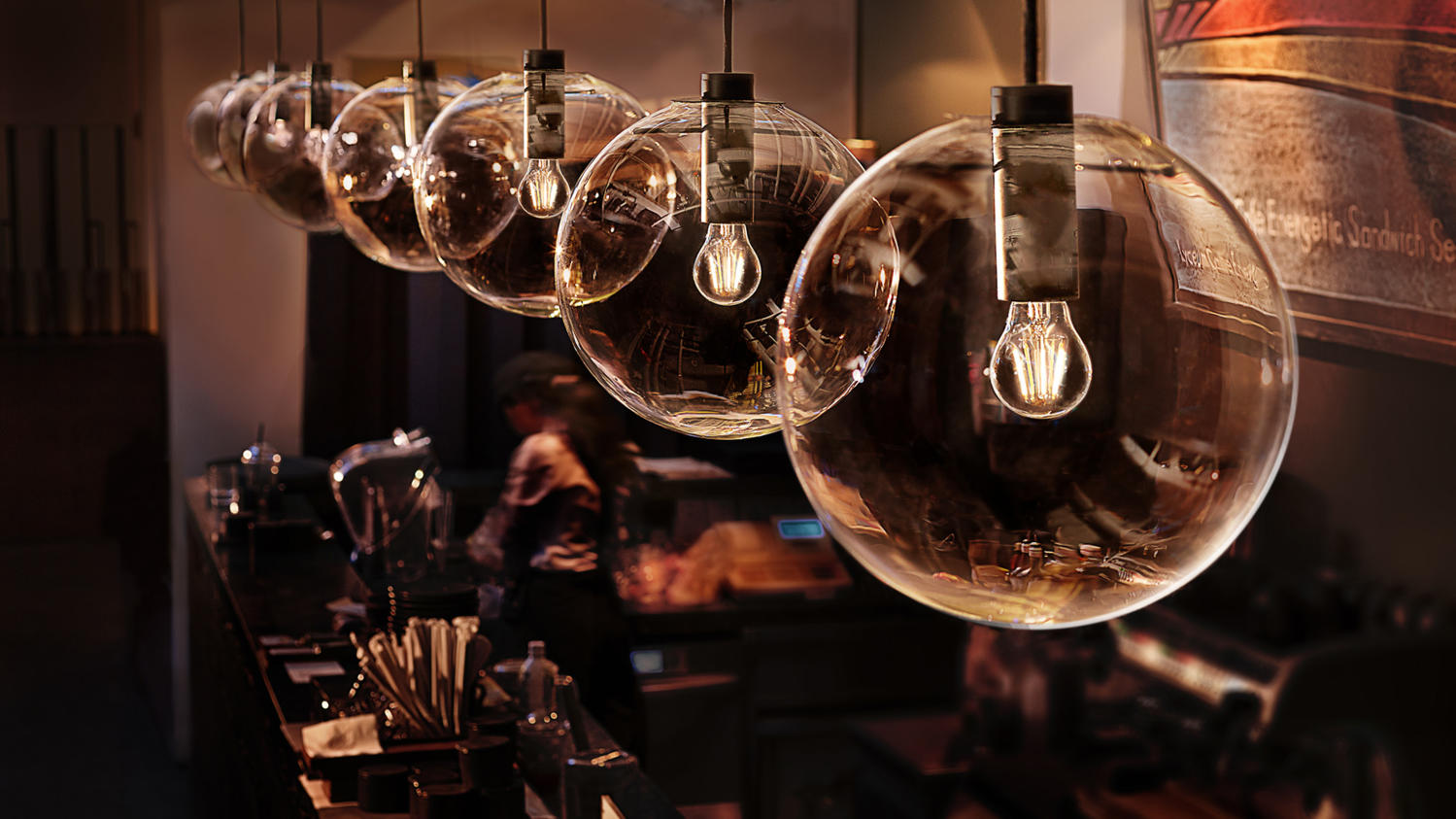Philips Lighting: Assessing lifecycle and society-wide impacts

Approximately 15% of the world’s electricity is used for lighting. Through our digital LED technology, Philips Lighting offers light that is up to 80% more energy efficient, compared with conventional technologies. Using these technologies would bring back the global electricity usage of lighting down to 8% from the 15%.
The way that we approached our analysis on the impact of LED lamps and luminaires is by expanding on traditional life-cycle analyses (LCAs) to calculate the impact per lifecycle phase, and the society-wide impact. This was done to better understand the potential effect of this lighting technology on the world’s electricity usage and carbon emissions that we can avoid through improved energy efficiency.
- Yes
- Climate & Air Emissions
- Energy
- Product
- Monetary
- Quantitative
- Value to society
- GLOBAL
- Downstream
- Consumer Goods
Key findings
With our natural capital assessment, we were able to determine the impact of our company-wide commitment to deliver two billion LED lamps and luminaires by 2020. Reaching this goal could save the equivalent energy of 60 medium-sized coal-fired power stations (equivalent to emissions from 24 million cars) by 2020.
Considering the environmental impact of avoided carbon emissions, our LED lamps and luminaires sold in 2015-2016 saved 15,651 kilotons in CO2 which equals EUR 1,565 million in societal costs.
Outcomes have helped us bring our company’s purpose to life, and supports discussions with constituents on the potential impact of LED technology.
